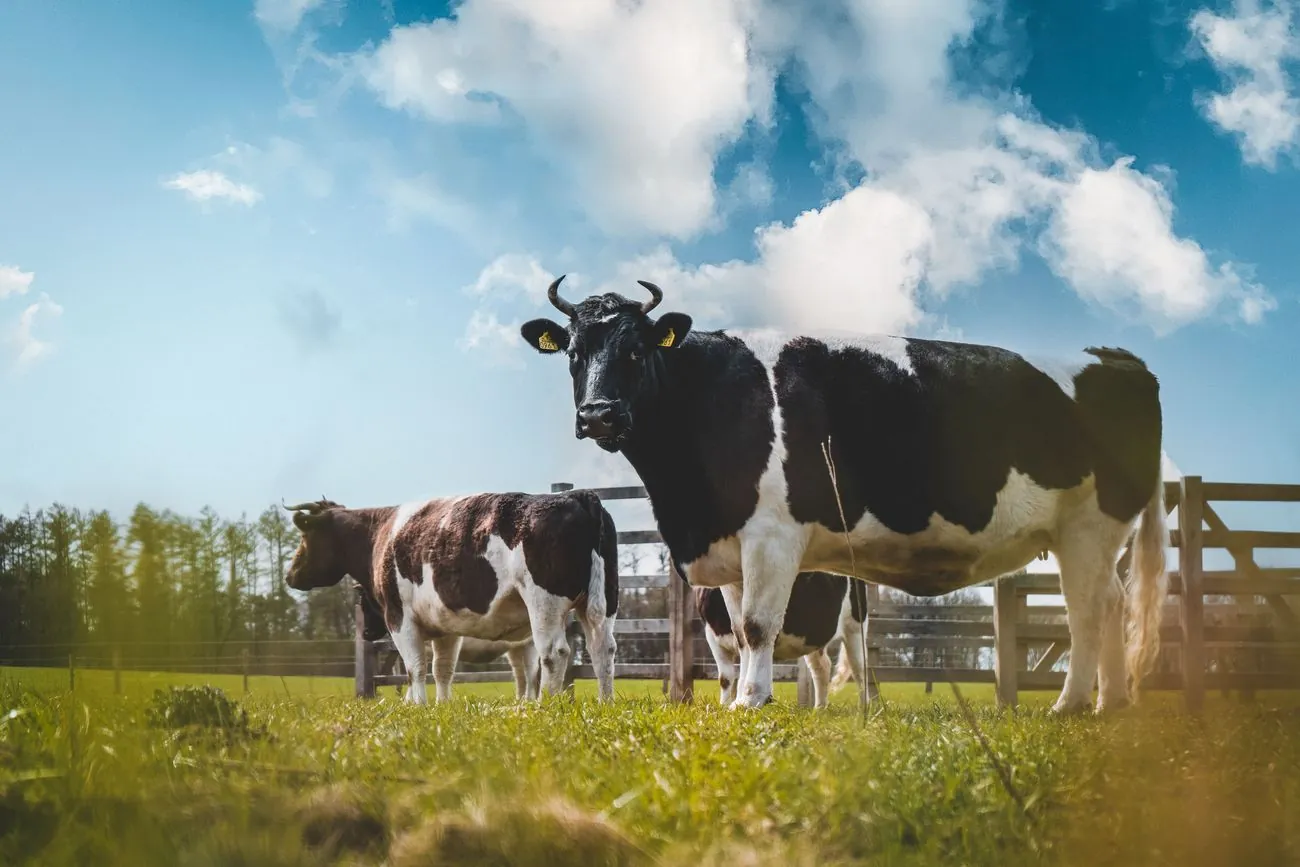“The gene pool under the bulldozer: why Ukraine may lose decades of breeding work in animal husbandry?The SPFU is trying to seize 135 thousand hectares of land from the NAAS. This could lead to the loss of livestock and the
destruction of the system of breeding livestock.”, — write: unn.ua

DetailsNAAS announced the risk of losing 135,000 hectares of land that ensure the operation of its research centers, farms and experimental enterprises. Livestock is bred on these areas, elite seeds are grown, new varieties of plants are bred and feed for livestock complexes is produced. The State Property Fund of Ukraine is claiming these lands.
For NAAS, the seizure of these territories will mean the loss of more than 18,000 head of cattle, 9,900 pigs, 1,900 sheep and 1,200 poultry. A significant part of livestock farms will be forced to cease operations, which will be a serious blow to breeding animal husbandry and breeding. And this, in turn, will mean the destruction of the entire system of reproduction of highly productive animals with the best genetic characteristics in Ukraine. This livestock is the basis for the development of domestic animal husbandry – from the quality of meat and milk to disease resistance, productivity, nutrition and an effective diet.
Establishing the work of an effective breeding farm usually takes from 7 to 15 years and observation is carried out for at least 3-5 generations of animals, depending on the species. That is, such a farm can be destroyed in a few months – and recovery may not be possible even in a decade. Especially in the context of war, loss of specialists and limited funding.
A striking example is the SE “Experimental Farm “Oleksandrivske” of the Institute of Agriculture of NAAS in Vinnytsia region, which keeps more than 1,500 heads of breeding young cattle and pigs. The State Property Fund of Ukraine seeks to “free” it from 100% of arable land, and hayfields and pastures, i.e. the feed base for animal husbandry, will also be included here. There are farm buildings, forests, swamps, ravines, ponds, quarries, roads. Thus, the state enterprise will be forced to stop working.
A similar situation is in the SE “Experimental Farm “Niva” of the Institute of Animal Breeding and Genetics named after M. V. Zubets of NAAS in Cherkasy region. The farm keeps more than 2,000 heads of breeding livestock and is fully self-sufficient. In 2024, the company sold products worth UAH 158.2 million and paid UAH 32 million in taxes.
The liquidation of such farms, and the alienation of land actually means this, will be equal to the loss of a unique gene pool, decades of selection work and weakening of Ukraine’s food security. This situation looks even more dramatic in the context of the war, because Ukraine is already losing a lot in the field of animal husbandry due to Russian armed aggression.
Yes, in the first months of the full-scale invasion, the agricultural complex “Slobozhanskyi” in Kharkiv region lost more than 63,000 pigs due to temporary Russian occupation and lack of feed, and at the farm “Agrosvit” Russians destroyed 2,000 cows by shelling. Despite these losses, farmers are holding on and are now resuming work, and the state, represented by the State Property Fund of Ukraine, instead of supporting the scientific agricultural sector, is taking actions that look like an internal “occupation”.
Let us add that in the first tranche of land to the State Property Fund, which amounted to 90.9 thousand hectares to auctions and concluded agreements that bring profit to the state, only 20.5 hectares of land reached (only 22.5% of the transferred). That is, without effectively using 77.5% of the land already received, the Fund encroaches on a new, many times larger, “piece”. And at the same time endangering the possibility of developing high-quality animal husbandry in Ukraine. NAAS calls on the Cabinet of Ministers to stop this process and prevent the actual destruction of key state enterprises in the field of agricultural science.
Let us remind youThe State Property Fund of Ukraine published an official statement in which it appeals to the fact that the lands that should be transferred from the disposal of NAAS are not withdrawn from state ownership, but will bring more revenue to the state budget. At the same time, the formulation “inefficiency” hides a deep misunderstanding of the specifics of scientific agricultural activity.
NAAS explains that the lands that are currently under threat of seizure are the basis of the work of 42 scientific institutions and 63 state enterprises of NAAS, including experimental farms, research institutes, national scientific centers. We are talking about polygons for selection work and creation of new varieties of agricultural crops, territories for growing elite seeds, testing the latest agricultural technologies, preserving and developing the base of genetic resources of plants and animals.
